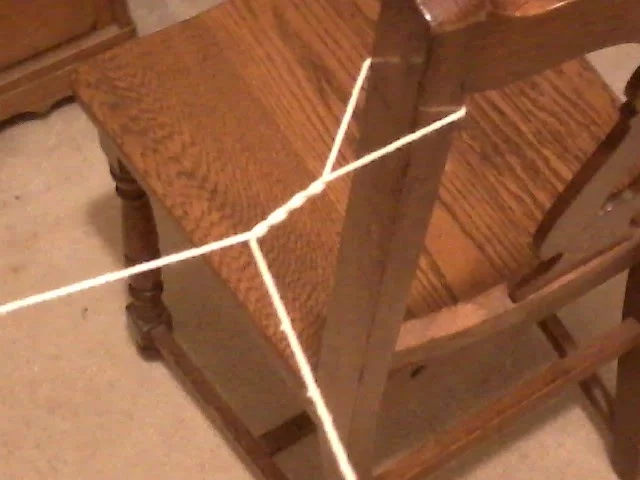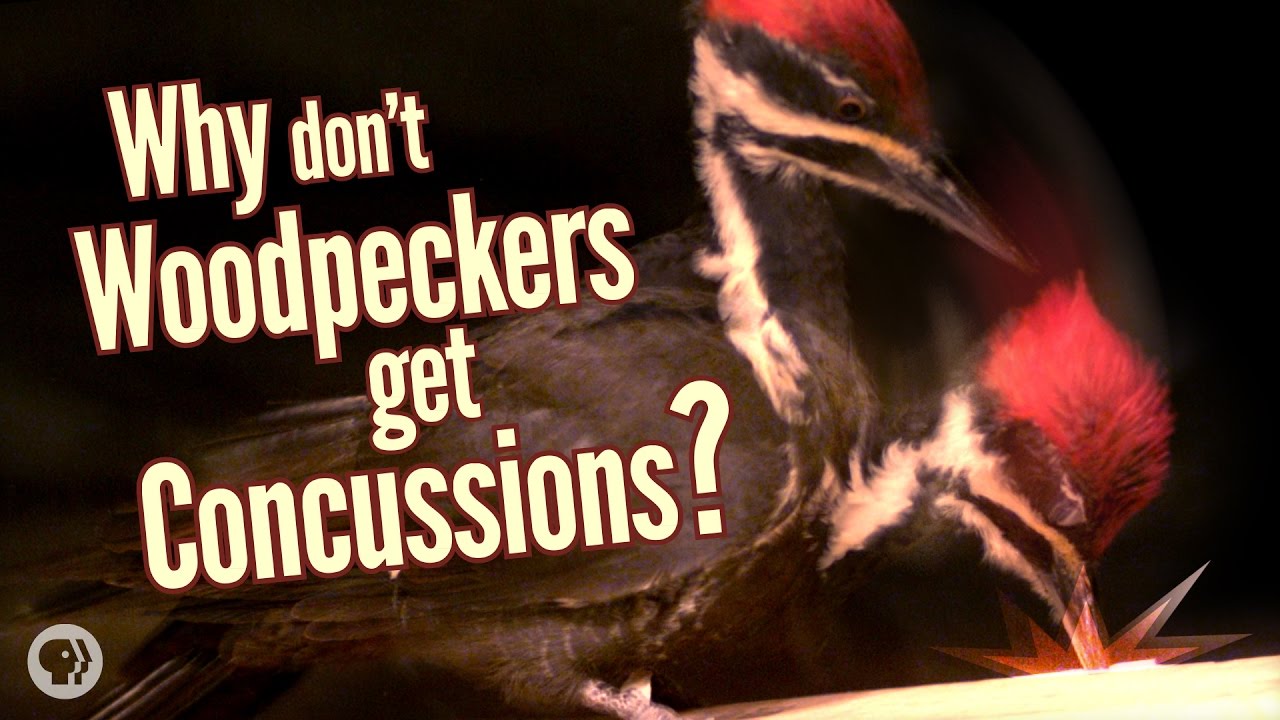Augmented Reality Sandbox
Description: The augmented reality sandbox uses technology to visualize earth science processes. A camera measures the depth of the sand which is then projected with different colors on the sand by an overhead projector. The technology allows a topographic map to be manipulated in real time. Water can be added to the system to show the interaction between the geosphere and the hydrosphere.
Web Resource: Augmented Reality Sandbox - UCDavis
How Was The Grand Canyon Formed?
Description: The Grand Canyon is a mile-deep and was carved by the Colorado River over millions of years. This phenomenon shows how consistent weathering and erosion over a long period of time can radically shape the earth. Even though the work of the Colorado took millions of years this is relatively rapid compared to the billions of years of deposition revealed by the Canyon. A trip down into the Grand Canyon is literally a trip back in time written in the rocks.
Web Resources: Grand Canyon National Park, Grand Canyon - Wikipedia, Grand Canyon: Location, Formation & Facts - LiveScience
Shatter A Wine Glass With Your Voice
Description: You can shatter a wine glass with your voice but it isn't easy. The pitch must match the natural frequency of the glass and the volume must be high enough t0 physically vibrate the glass. The video below documents how long it takes Mike Boyd to achieve this task. Most students understand that vibrating materials create sound but they don't realize that the opposite is true as well.
CAUTION: When the glass breaks tiny shards of glass can enter your eye and so eye protection should always been warn when attempting this phenomenon.
Web Resource: Fact or Fiction?: An Opera Singer's Piercing Voice Can Shatter Glass - Scientific American
There Is No Sound In Space
Description: A famous physics phenomenon is included in the video below. A bell ringing in a bell jar will become quiet when the air is removed from the bell jar. Since sound is caused by vibrating material and all of the material has been removed from the bell jar there is no sound. This means that there is no sound in space. Recent discoveries from NASA has shown that there may be sound in space (due to oscillating interstellar gases) but it is not a sound humans can perceive on their own.
Web Resources: Bell in a Bell Jar, There Actually Is Sound in Outer Space - Gizmodo
Tin Can Telelphone
Description: The tin can telephone is made of a string connecting two tin cans or paper cups. When the sender talks into one side it vibrates air in the cup which vibrates the bottom of the cup. This vibration is transferred through the string and received at the other end by sound. This phenomenon can be used to address sound as vibrating materials and can be used as an example of a communication device.
Web Resource: Talk through a String Telephone
By This is from Project Runeberg book called The key to science In swedish., Public Domain, Link
By Robert Benson [CC0], from Wikimedia Commons
Why is Space Black?
Description: This phenomenon can be used in elementary to explain darkness and illumination. Even though light travels between the Sun and the Earth space appears black because there is nothing (e.g. gas, dust, etc.) for the light to reflect off of. This can also be used as a much deeper phenomenon. Since space is filled with billions and billions of stars and each of them give off light why isn't space completely light? The answer lies in the expansion of the Universe.
Web Resource: Ask Ethan: Why does space appear black?
Vantablack - The Darkest Material on Earth
Description: Vantablack is an synthetic material created by Surrey Nanosystems. It consists of a series of carbon nanotubes that are aligned vertically. It absorbs nearly 100% of the light that enters the tube giving. Since nearly all of the light is absorbed by the material it appears black. In the video below a bronze statue is covered in Vantablack and it disappears from view. This phenomenon can be used to illustrate the idea of illumination. Even though a light source is present none of the light reflects back to the viewer and so all that remains is darkness.
Web Resources: Vantablack | Surrey NanoSystems , Vantablack - Wikipedia
How Do Sundials Work?
Description: The simplest sundial consists of two parts: a flat plate and a gnomon (or stick) that casts a shadow on the plate. When the sundial is properly aligned it will tell the local solar time. This may have to be adjusted to find national clock time due to longitude, season, and daylight savings time. Students can build their own sundial by tracing the shadow on paper (or in the dirt) at different times of the day.
Web Resources: Sundials - Wikipedia, How Do Sundials Work? - Yale Scientific
Total Solar Eclipse
Description: The total solar eclipse of 2017 is an excellent phenomenon to use in an astronomy unit because many of the students will have heard of, or even experienced, the most recent eclipse. During a total eclipse the shadow of the moon completely blocks out the light from the sun. This phenomenon can be used to establish an accurate model of the Sun-Moon-Earth system.
Web Resource: NASA - Eclipse: Who? What? Where? When? and How?
Polar Bears are Actually Black
Description: The skin of a polar bear is actually black. The black skin allows them to absorb more UV light to stay warm. The hair of the polar bear acts like a fiber optic cable directing the light to the surface of the skin. The clear hair reflects all wavelengths of light giving them a white appearance that blends with their surroundings.
Web Resources: Earth Rangers
Gecko Feet
Description: The foot of a gecko has folds upon folds upon folds. This increases the surface area between the foot of the gecko and the surface it is climbing on. Intermolecular forces between the two surfaces allows the gecko to scale vertical surfaces. This phenomenon can be used as an introduction to biomimicry or as an application of intermolecular forces.
Web Resources: Gecko Feet Inspire Climbing Space Robots, How Do Geckos’ Feet Work?
Cute Baby Animals
Description: Why are baby animals (e.g. kittens and puppies) so cute? This phenomenon can be used in Grade One to show that baby animals look like, but not exactly like their parents and how their appearance leads to parental care that allows them to survive. The reason that we as humans find most baby animals cute has its roots in evolutionary biology. Humans babies are helpless when they are born and require parental care for years. We find baby animals cute because they resemble cute baby humans.
Web Resources: BBC - Why are baby animals so cute?
Windcatchers
Description: Windcatchers are just one example of desert architecture that can be used as a phenomenon in a unit on the warming effects of the Sun. Humans have been living in desert climates for thousands of years and have developed many engineering solutions to the problems of desert heat. According to Wikipedia windcatchers can function in three ways by "directing airflow downward using direct wind entry, directing airflow upwards using a wind-assisted temperature gradient, or directing airflow upwards using a solar-assisted temperature gradient."
Web Resource: Wikipedia - Windcatcher
By Diego Delso, CC BY-SA 4.0, Link
Plant Your Socks
Description: This phenomenon will show students the diversity of plants in their local habitats. If you collect seeds from various locations (e.g. meadow, forest, etc.) you will see differences in the plants that grow. The socks mimic the functioning of animals as they move seeds from one location to another. This planting could also be combined with an investigation of what plants need to survive. The amount of sunlight and water could be varied with each of the different socks.
Web Resource: How Stuff Works
Dolphins and Humans Fishing Together
Description: Bottlenose dolphins in Laguna, Brazil have learned to fish with humans. The dolphins drive shoals of mullet towards the human fisherman and then give a signal. The fisherman throw their nets which catch the fish and drive some of them back into the mouths of waiting dolphins. This mutualistic behavior benefits both the humans and the dolphins.
Web Resource: New Scientist Article
Exploring Microhabitats
Description: Microhabitats can be found anywhere and they can lead to amazing exploration and discovery. An overturned decomposing log or the underside of a rock in a stream are excellent examples of microhabitats. Both a habitat and a microhabitat have typical abiotic (e.g. water, temperature, light. etc.) properties and biotic (e.g. plants, animals, fungi, etc.) factors. The nice thing about a microhabitat is that it is more accessible and a diversity of life can be found in an area that is not very diverse. If microhabitats are not available locally you can create one in your classroom. A terrarium or an aquarium is a great example of a microhabitat.
Web Resource: Microhabitats - Wikipedia
Biomimicry
Description: Biomimicry is an exciting field of engineering that uses solutions in nature to help design better human solutions. For example the beak of a kingfisher was used to design a quieter bullet train. When engineers are faced with challenging problems they are simply asking nature for a solution.
Web Resources: Ask Nature, What is Biomimicry? - Biomimicry Institute
Coupled Pendulum
Description: The coupled pendulum can be created with either string or a spring connecting the two pendulums. With each swing energy is transferred from one pendulum to the other. If the pendulums both have the same length one pendulum comes to a complete stop before alternating motion. This phenomenon can be used to show balanced and unbalanced forces, how motion can be used to predict future motion, and the conservation of energy.
Web Resource: L.R. Ingersoll Physics Museum
Giant Newton's Cradle
Description: The coupled pendulum can be created with either string or a spring connecting the two pendulums. With each swing energy is transferred from one pendulum to the other. If the pendulums both have the same length one pendulum comes to a complete stop before alternating motion. This phenomenon can be used to show balanced and unbalanced forces, how motion can be used to predict future motion, and the conservation of energy.
Web Resources: Giant Newton’s Cradle Website, Wikipedia article
Why Don't Woodpeckers Get Concussions?
Description: According to Lorna Gibsion of the MIT Department of Material Science and Engineering woodpeckers are able to avoid brain injury due to three factors "(1) their small size, which reduces the stress on the brain for a given acceleration; (2) the short duration of the impact, which increases the tolerable acceleration; and (3) the orientation of the brain within the skull."
Web Resource: Woodpecker Pecking: How Woodpeckers Avoid Brain Injury





















